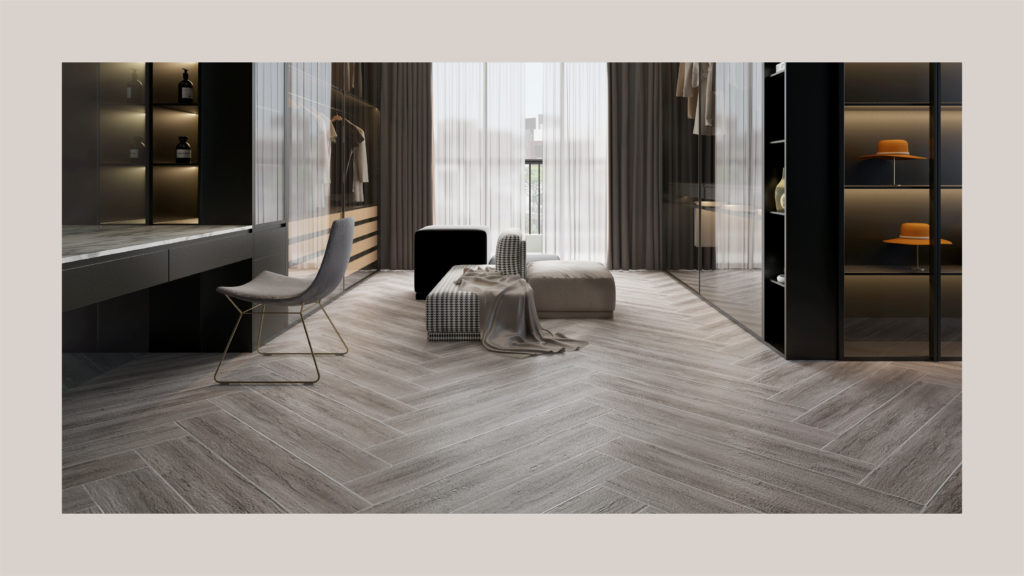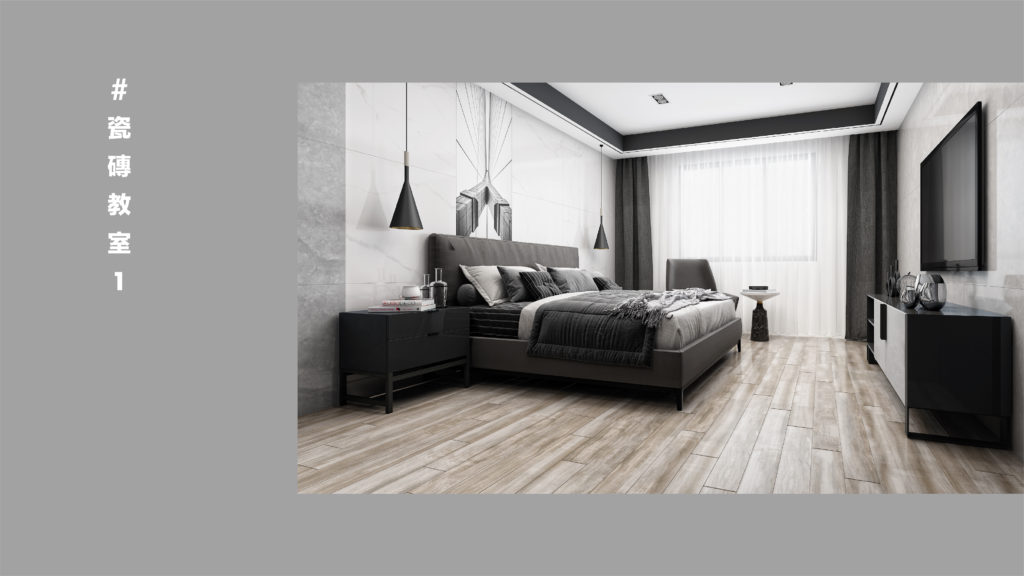

Ceramic tile is one of the most popular types of tile because it's suitable for many applications. Increased durability makes ceramic tile perfect for any room in the house, such as kitchens, bathrooms, or even entryways. Ceramic tiles have been sintered at a hot temperature of thousands of degrees and increased the density unlike the ordinary bricks, and the hardness can reach level 6, which is harder than ordinary stone. It is suitable for various environments. Moreover, the water absorption rate is low, which is more suitable for humid environments (bathroom/kitchen) or humid climate areas (Hong Kong/offshore). The other most common type of tile is porcelain, which differs from ceramic tile. The appeal of porcelain comes from its ability to emulate natural stone, brick, or wood—and without any of the maintenance. In addition, as it's an all-purpose tile, it comes in a variety of designs, colors, and styles to allow for versatility when designing a space. Porcelain can even be used outdoors, as it will not freeze, fade, or crack. Other applications for porcelain tile include bath or kitchen tile, high-traffic areas, and kitchen backsplashes. The biggest drawback with porcelain tile is that installation can be tricky. While you can DIY an install, many homeowners forget that you also need an adhesive when laying down this type of flooring.

There are two main types of tile surface: light-separating surface and matte surface. As the name implies, the glossy surface is smooth and reflective, and it is mostly used on the wall to reflect natural light that creates a natural feeling.
The matte surface is usually more non-slip, and it is mostly used on the floor, especially in the bathroom/kitchen. Although there are many styles, it does not have the glossiness of smooth tiles.
In fact, there is a third type of tile surface-soft surface, "55°Soft Light" The recent technology can have the best of both worlds. It not only has the matte surface of R10 anti-slip but also maintains the shine of the glossy surface, which is beautiful.「55∘Soft Light」The new technology can have the best of both worlds. It can not only have the matte surface of R10 anti-slip, but also maintain the gloss of the glossy surface, which is beautiful and practical.

Over the bottom brickAlso known as Homogeneous Tile, the brick body to the brick surface are made of the same material. Over-bottom bricks are known for their practicality. Since the brick surface and the brick body have the same color, it is not obvious even if the surface is damaged. However, the hardness of many tiles can reach Mohs 6, which is durable and scratch-resistant. Although the bottom tiles are practical, they are inferior in appearance and style. There are not many choices. The colors and textures are mainly pure colors and simple.

In recent years, wood-grain tiles have become very popular, and they are more durable and moisture-proof than ordinary flooring. Wood grain bricks have many variations in texture, and different paving effects can be achieved with different paving methods.
But pay attention to the flatness of the brick body, because the wood-grain bricks are mostly slender 1200x200mm, which requires a high level of flatness, and the "bending brick problem" can easily cause "empty drum" and "kicking" problems. Choosing reputable and certificated wood grain tiles can reduce the risk of mid-voltage.



